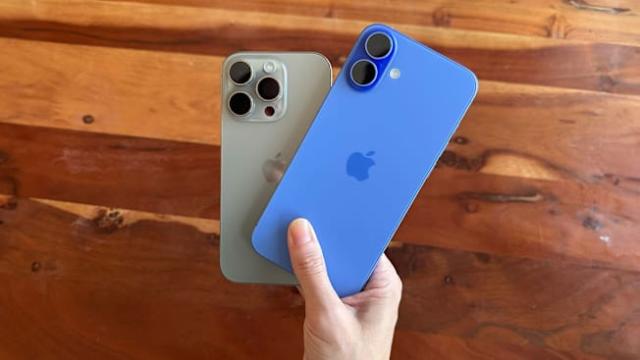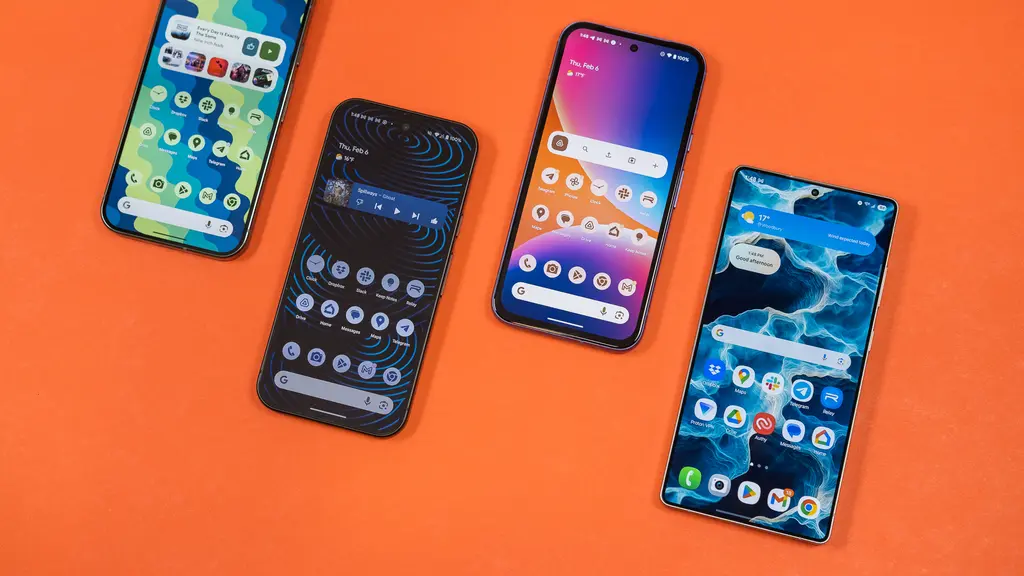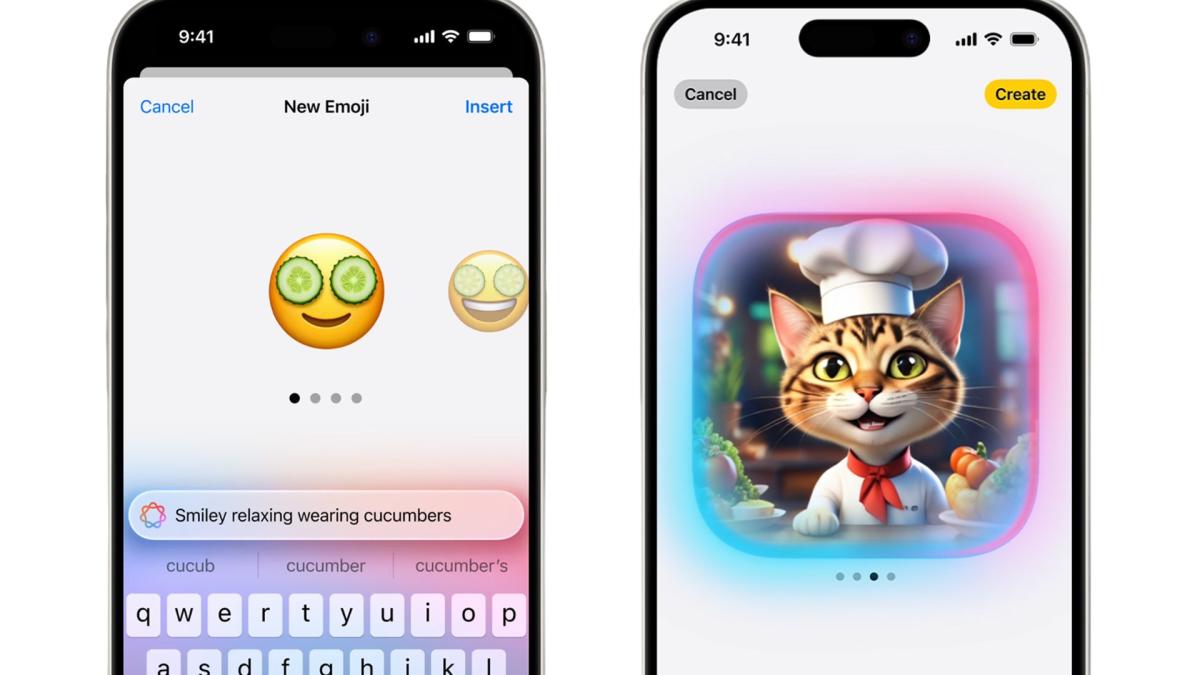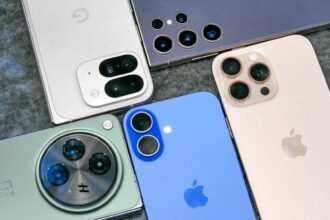Smartphones have evolved dramatically over the past decade, but the next era of innovation promises to be even more groundbreaking. By 2030, future smartphones will redefine how we communicate, work, and interact with the digital world. With advancements in artificial intelligence, flexible displays, and mind-controlled interfaces, the future of smartphones will be unlike anything we’ve seen before.
As technology progresses, we can expect thinner, more powerful devices that integrate seamlessly with our daily lives. Concepts like fully transparent screens, AI-driven virtual assistants, and even holographic displays could soon become reality. Let’s explore what the future holds and how smartphones in 2030 will revolutionize the way we use mobile technology.
1. Foldable, Rollable, and Shape-Shifting Displays
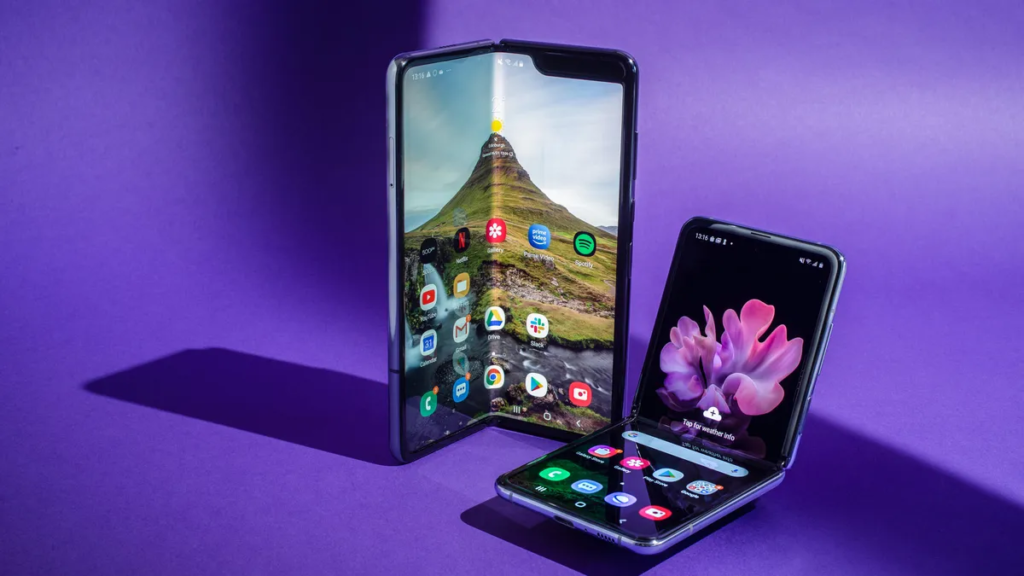
By 2030, smartphone displays will become more dynamic, moving beyond rigid glass panels. Future smartphones will feature rollable and foldable displays that can expand or contract depending on the user’s needs. Samsung, Motorola, and other tech giants have already introduced foldable screens, but by the next decade, these displays will become more durable, lightweight, and flexible.
Rollable screens will allow users to extend their phone into a tablet-sized display when needed, making multitasking easier. This will be particularly useful for professionals, gamers, and content creators who require larger displays but don’t want to carry bulky devices. In addition, shape-shifting technology could enable screens that adjust based on usage, offering an adaptive experience tailored to different scenarios.
With advancements in materials like graphene and self-healing polymers, smartphone displays will also become nearly indestructible. The era of cracked screens could finally come to an end, leading to longer-lasting devices that don’t require frequent repairs or replacements.
2. AI-Integrated Smartphones That Think for You
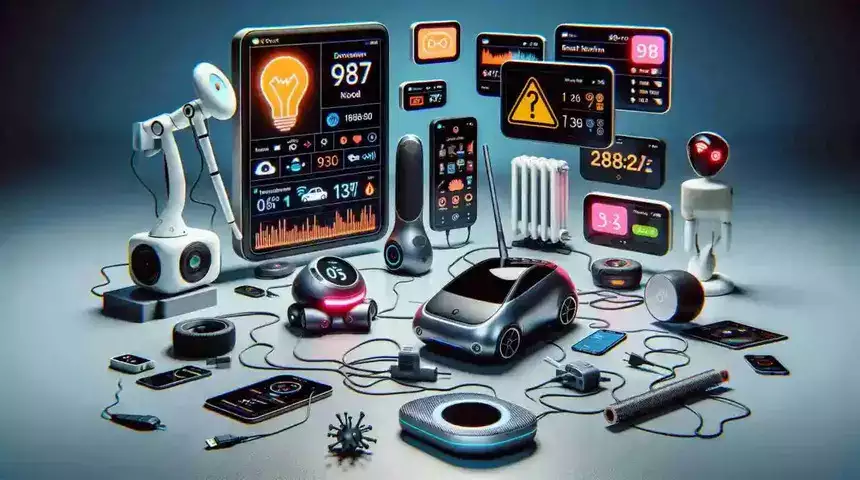
Artificial intelligence will play a massive role in the future of smartphones. By 2030, AI will be deeply embedded into our devices, making them smarter, more intuitive, and more personalized than ever before. Future smartphones will anticipate user needs, automate tasks, and provide real-time assistance without requiring manual input.
AI-powered virtual assistants will evolve into true digital companions. Instead of simple voice commands, these assistants will understand emotions, predict actions, and offer hyper-personalized suggestions. For example, your phone could automatically adjust your schedule, recommend healthier lifestyle choices, and even help manage your finances based on your habits.
Machine learning will also improve smartphone security. AI will analyze facial expressions, behavior patterns, and biometric data to create ultra-secure authentication methods, reducing the chances of identity theft or unauthorized access. AI-driven fraud detection will also enhance financial transactions, making mobile banking safer than ever.
3. Holographic and Augmented Reality Displays

One of the most exciting developments in future smartphones will be the widespread adoption of holographic and augmented reality (AR) displays. By 2030, smartphones will no longer be limited to flat screens. Instead, users will interact with 3D holograms projected into the air, creating an entirely new way of consuming digital content.
Holographic technology will allow for immersive video calls where people appear as life-sized holograms, making remote communication feel more personal. This could revolutionize virtual meetings, education, and entertainment by creating realistic, interactive experiences.
Meanwhile, AR will enhance daily activities, from navigation to shopping. Future smartphones will overlay digital information onto the real world, guiding users in real-time. Imagine walking into a store and seeing product reviews appear before your eyes or getting AR-based step-by-step cooking instructions directly on your kitchen counter.
4. Mind-Controlled Smartphones: The End of Touchscreens?
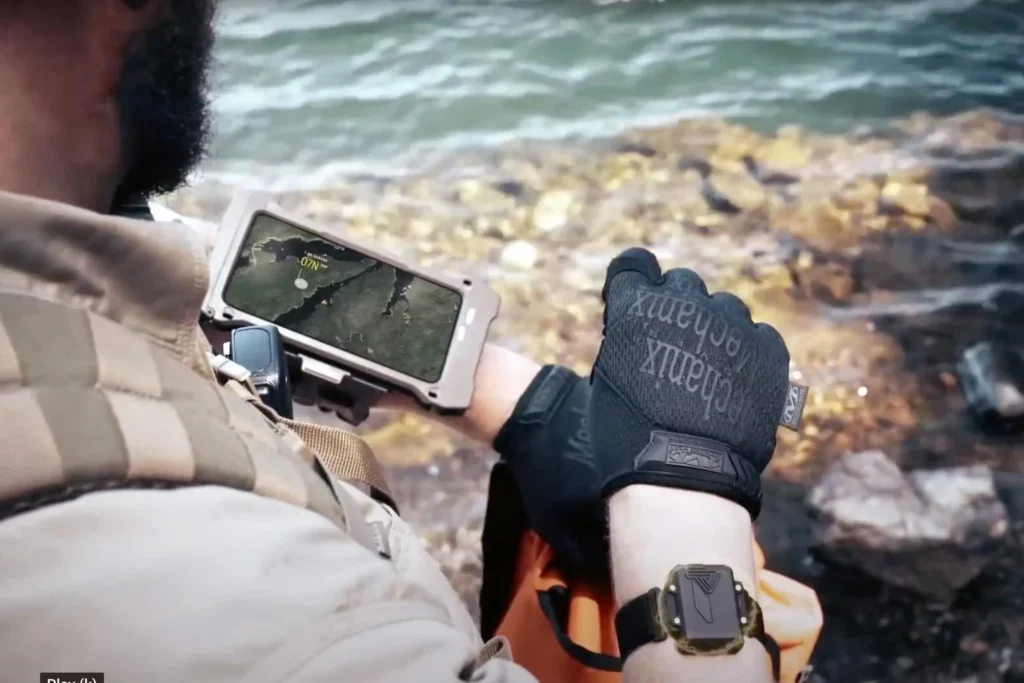
By 2030, the way we interact with smartphones will fundamentally change. Instead of relying on touchscreens, future smartphones may be controlled using brain-computer interfaces (BCIs). This emerging technology will enable users to operate their devices using nothing but their thoughts.
Tech companies like Neuralink are already developing BCIs that allow direct communication between the brain and computers. By integrating this technology into smartphones, users could send messages, browse the web, or open apps just by thinking about them. This will significantly enhance accessibility, particularly for individuals with physical disabilities.
Mind-controlled smartphones will also improve productivity and efficiency. Instead of manually typing or tapping on a screen, users will perform tasks almost instantly, reducing the time spent on mundane digital interactions. While still in its early stages, BCI technology could redefine the smartphone experience within the next decade.
5. Battery Life That Lasts for Weeks

One of the biggest frustrations with modern smartphones is battery life. Despite fast charging and power-saving modes, most phones still struggle to last more than a day. By 2030, this issue could finally be resolved with the introduction of next-generation battery technologies.
Future smartphones may use solid-state batteries, which offer significantly higher energy density and faster charging times than today’s lithium-ion batteries. These batteries are also safer, reducing the risk of overheating or explosions. Some experts predict that smartphones could eventually run for weeks on a single charge.
Another breakthrough could come in the form of energy-harvesting technology. Phones of the future might generate power from ambient sources such as solar energy, kinetic movement, or even body heat. This would allow devices to recharge passively, eliminating the need for traditional charging cables altogether.
6. The Rise of Eco-Friendly and Self-Healing Smartphones
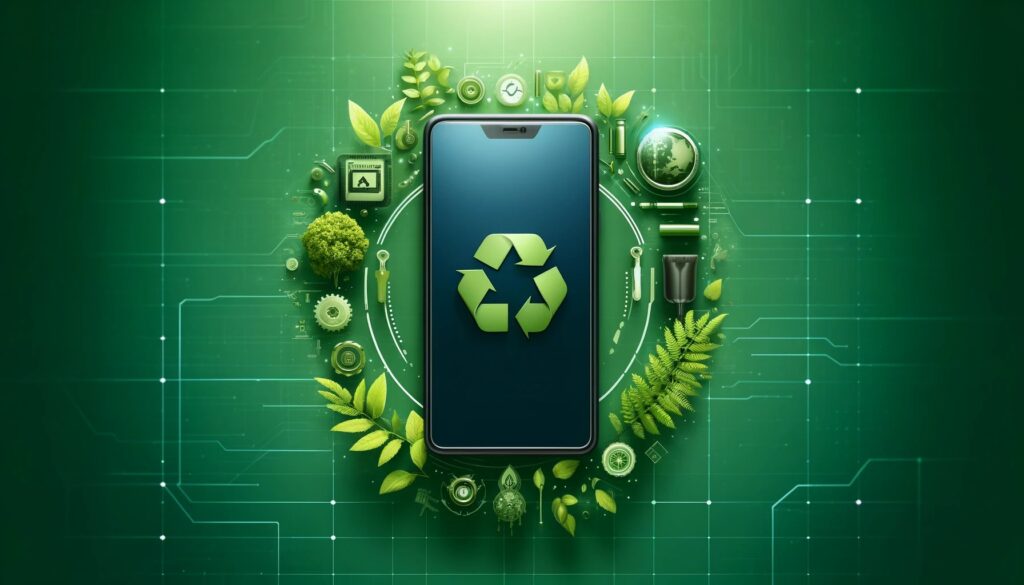
Sustainability will be a major focus for smartphone manufacturers in the future. By 2030, the industry will shift towards eco-friendly devices made from biodegradable or recyclable materials. Future smartphones will prioritize sustainability without compromising performance or design.
Self-healing technology will also play a key role in reducing electronic waste. Researchers are already developing materials that can repair minor scratches and cracks automatically. In the future, smartphones might be able to fix themselves after damage, extending their lifespan and reducing the need for replacements.
Additionally, modular designs could become more common, allowing users to upgrade specific components like cameras, processors, or batteries without buying an entirely new phone. This approach will not only save money but also help reduce electronic waste on a global scale.
7. Hyper-Connected 6G Networks and Beyond
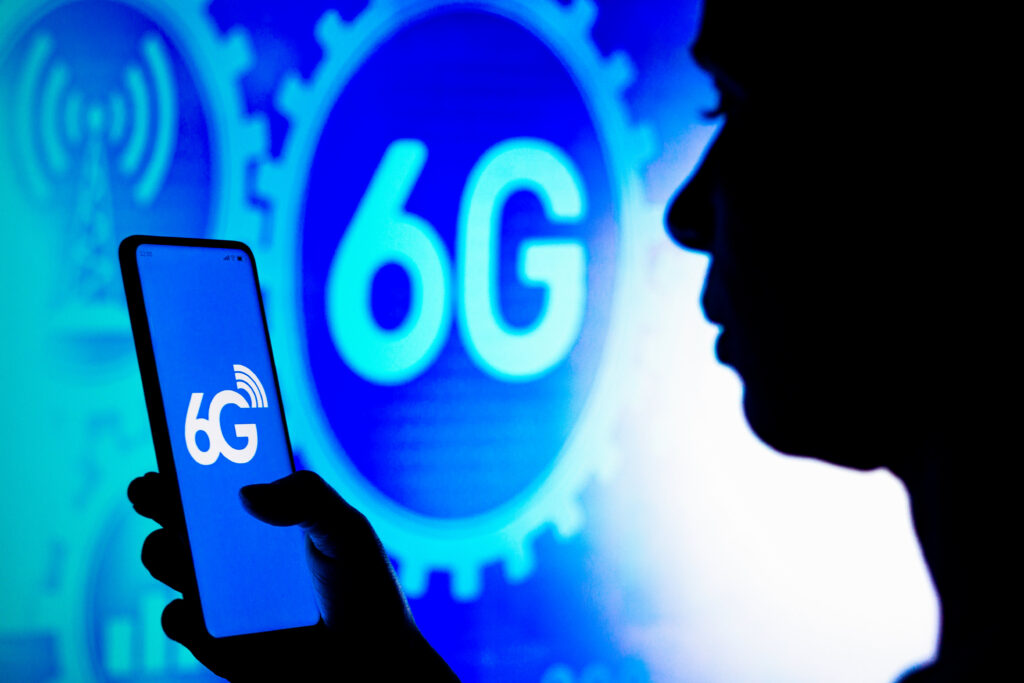
The evolution of mobile networks has transformed how we use smartphones, and by 2030, 6G technology will take connectivity to an entirely new level. While 5G is still being rolled out, the next-generation 6G networks will be exponentially faster, offering near-instant data transfer and ultra-low latency.
6G will enable seamless cloud computing, allowing future smartphones to offload heavy processing tasks to remote servers. This means that devices will no longer need powerful internal hardware, as most computations will happen in the cloud. As a result, smartphones could become slimmer and more efficient.
Furthermore, 6G will power the Internet of Everything (IoE), where all digital devices communicate in real-time. From smart cities to autonomous vehicles, this hyper-connected ecosystem will make smartphones the central hub of digital life, controlling everything from home automation to workplace productivity.
Conclusion: A Smartphone Revolution Is Coming
By 2030, smartphones will be unrecognizable compared to today’s devices. With rollable displays, AI-driven interfaces, mind-controlled operation, and self-sustaining batteries, future smartphones will offer an entirely new level of functionality. These advancements will not only enhance convenience but also reshape industries, from healthcare to entertainment.
The future of smartphones isn’t just about better cameras or faster processors—it’s about redefining the way we interact with technology. As innovation accelerates, we are heading towards an era where our mobile devices will be smarter, more adaptive, and seamlessly integrated into every aspect of our lives.
Are you excited about the possibilities? The next decade promises to be one of the most transformative periods in smartphone history, and we’re just getting started. Stay tuned for the future—your next phone might be smarter than you ever imagined.

